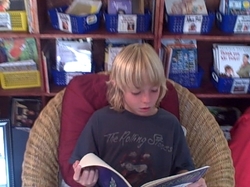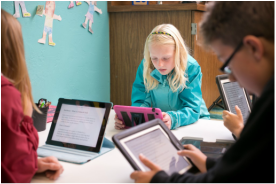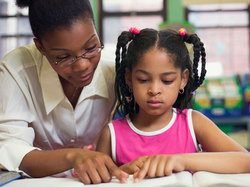
All three authors are delivering the same message. If we want students to be life long readers we must encourage this in the classroom by giving students extended periods of time for reading. But we can't just sit back and watch our students as they engage in the act of reading. We need to support with conferencing and setting goals with each student in regards to where they are with reading and where they need to be. Our students must be allowed to choose much of what they want to read and then teachers support them during reading conferences. So I urge you to think about your classroom this coming September and think about how you can best provide your students with time for reading with your support.






 RSS Feed
RSS Feed
